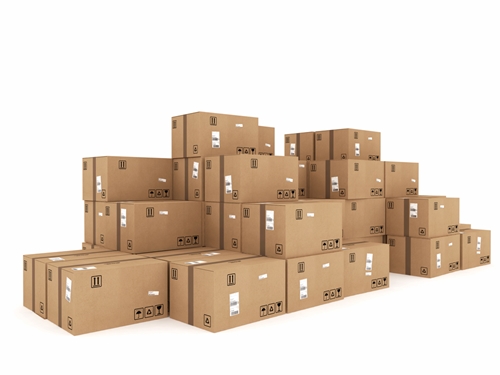

- Contributions by industrial experts with engineers in mind
- Focused on specialty-chemical material applications and selection
Knowledge Center
Cyanoacrylate 101

Cyanoacrylate Adhesives (CA Adhesives)
Cyanoacrylate (CA) adhesives form a large and diverse family. Adhesives based on this chemical formulation have properties that make them suited to an enormous range of consumer and industrial applications.
CAs were first developed as adhesives in the 1950s, and have a number of advantageous properties. Firstly, CAs set quickly – forming bonds that can be handled on the order of seconds. Bonds cure fully in 12-24 hours but that time can be shortened with accelerants and activators. CA is an acrylic ester resin that cures via polymerization in the presence of water vapor. The amount of water on surfaces and in the air is sufficient to allow cure at room temperatures in most environments. CA adhesives work best when applied in a thin film that completely fills the gap between components.
Once cured, the bonds are resistant to non-polar solvents like oil and moderately resistant to water. The bonds formed are extremely strong and can be formed on a wide range of surfaces - including metals, most plastics, rubber, wood, skin and others.
Advantages and Disadvantages of Cyanoacrylate Adhesives
CAs don't usually bond well to porous surfaces since the materials tend to absorb the adhesive rather than leaving a small film on the surface for bonding. Different formulations of CA adhesives have been developed to work with porous surfaces like wood and ceramic. These usually involve additives to make the glue more viscous or gel-like. These formulations can also be used to bond or fill pieces with larger gaps. In all cases proper surface preparation can allow for better adhesion.
"CA is an acrylic ester resin that cures via polymerization in the presence of water vapor."
CA adhesives do have tradeoffs that don't make them perfect for every situation. The peel strength of common CAs is relatively low, though this can be advantageous where temporary bonding is needed. Traditional CAs are not particularly flexible or resistant to shock. Their bond strength is also dependent on the gap size between surfaces and bondlines. They are susceptible to chemical attack, particularly by polar solvents like acetone. Bonding can also be difficult on acidic surfaces.
There are, however, a number of formulations and sub-classes of cyanoacrylate that have been designed to work in specific situations where ordinary CAs fall short. Surface primers are available for low-energy surfaces, and surface activators can accelerate cures in low-moisture or thick-bondline applications. As always, normal surface preparation can help increase bond strength.
The high reactivity of CAs has the downside of a relatively short shelf-life once opened. Cyanoacrylates can be stored up to a year in unopened containers, or about a month in containers that have been opened. Proper dry storage can extend the shelf life of products. Storing unopened containers in refrigerated conditions can improve shelf-life, but opened containers cannot be refrigerated due to condensation concerns.
While there are proprieties of CA glue that don't make them ideal for every situation, high strength, ease of application, and quick curing times have led them to be an industry standard in many sectors. Because of their excellent adhesion proprieties, there has been an enormous amount research and development of formulations to adapt CA glues to a wide range of applications. These applications are diversified through both consumer and industrial fields.
Applications for Cyanoacrylate Adhesives
CA glues have found enormous success as a home fix-it aid and are marketed under trade names like "Super Glue" and "Krazy Glue." These glues are perfectly suited to hobby crafts, homemade electronic assemblies, household repairs, woodworking, cosmetics and more.
"Usual applicators include squeeze bottles with needle adaptors."
Industrially, CA adhesives also have wide applications in manufacturing and are used in assembly, particularly of metal and plastics, and specifically o-ring manufacture. There are a number of dispensing options suited to the quick setting time of CA adhesives. Usual applicators include squeeze bottles with needle adaptors, or pressure pots for high-volume applications. Their ease of application and one-part formulation as well as high strength per square inch of adhesive makes them ideally suited to almost any application where bonding is needed. There are also specialized solvents and strippers available to remove CA glues when necessary.
One of the other specific industries where CA glues have found a unique place is the medical field. Because CA glues bond quickly and easily to skin, they can be used to close wounds. Wounds closed with CA glue can usually heal at least as well as those with traditional sutures, and can be completed quickly and easily. Special formulations of cyanoacrylate glues have been tested and certified for use in these medical applications.






